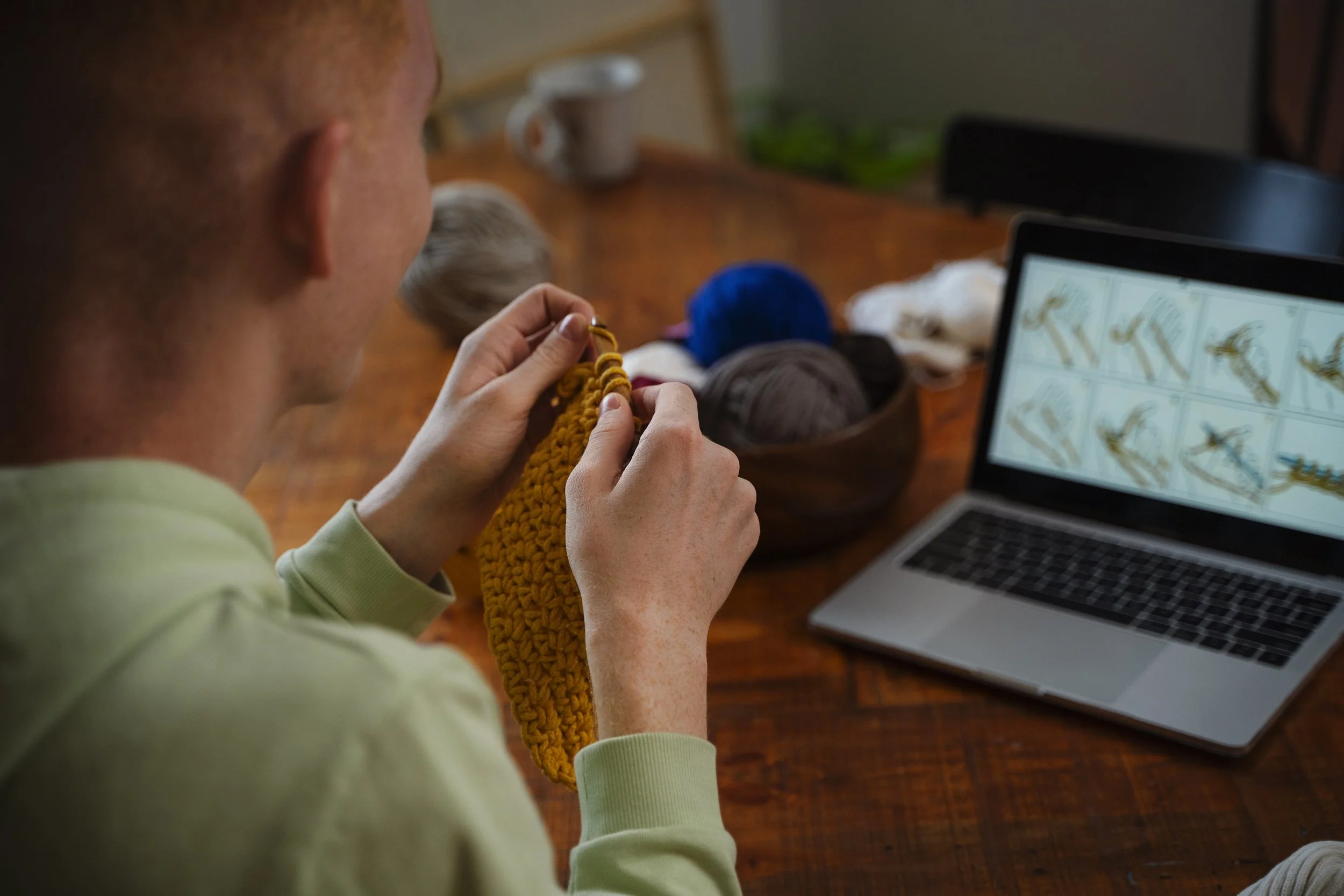Using math to design crochet charts with software
At first glance, crochet and mathematics might appear to live in separate worlds. Crochet is often seen as soft, artistic, even meditative, while math feels rigid, logical, and abstract. But the truth? They are deeply linked. Every crochet stitch is geometry in action. Loops form circles, rows create patterns, and repeating motifs follow mathematical sequences. When someone decides to design crochet charts with software, math becomes the silent architect behind the beauty.
Patterns don’t simply appear. They are built. Ratios define the balance between rows and stitches, symmetry keeps motifs neat, and counting ensures the final piece looks as intended. Without math, a crochet chart could collapse into chaos. With math, order takes shape, and the result is both practical and beautiful.
Why Software Matters for Crochet Charts
In the past, crafters would sketch designs on graph paper, using symbols to represent stitches. That method still works, but it has limits. Software now takes the process further. Digital programs allow scaling, instant editing, and error correction. Instead of redrawing by hand, one click can shift an entire row or mirror a motif.
Software also helps keep track of stitch counts. A chart with 200 stitches per row can be overwhelming on paper, but with digital tools, markers, highlights, and automated grids make the process manageable. According to a 2022 survey of crafting communities, more than 60% of crochet designers now use some form of digital aid when preparing patterns.
The Mathematics of Crochet Shapes
Crochet is rarely just straight lines. Circles, hexagons, spirals, shells—each of these relies on formulas. A flat circle, for instance, demands regular increases based on circumference growth. Mathematically, the number of stitches per round must match the circle’s expanding perimeter. If increases are missing, the fabric curls. If too many increases are added, the project ripples.
Triangles and hexagons also depend on proportions. Want a hexagon motif? Divide 360° by six and you’ll know how to angle your stitch increases. Spirals? They follow logarithmic growth, and yes, that’s the same pattern found in seashells.
By using math for crochet, designs become predictable and repeatable. This doesn’t kill creativity—it enhances it. The crafter can trust the numbers while still adding their own artistic twist.
Symmetry and Repetition in Crochet Patterns
Another mathematical principle often at work in crochet is symmetry. Humans are naturally drawn to balance. Whether it’s a snowflake pattern in a doily or a mirror-like reflection in a shawl, symmetry brings visual harmony.
Crochet software can automatically replicate motifs across an axis, making it simple to design crochet charts that look professional. Instead of manually counting and re-counting stitches, a crafter can use digital duplication tools. This ensures consistency, reduces human error, and speeds up the design process.
Repetition, meanwhile, relies on modular arithmetic. A pattern may repeat every 8 stitches, every 12 rows, or every 24 rounds. The math behind this is simple division and multiplication, but its impact is enormous. When software highlights these repeating sections, it helps crafters see the rhythm behind the fabric.
Adding a Math Solver Extension
Some crochet design software even allows integration with a math solver extension. What does that mean? Imagine trying to figure out how many stitches you need to evenly fit a lace motif across a shawl that's 180 cm wide. Instead of trying to solve everything on paper, you install Math for Chrome and get the exact answer. This math solver doesn't require you to enter the entire formula manually; a photo is enough.
This doesn’t replace creativity—it supports it. A solver can answer questions like:
How many stitches are needed if I want 9 repeats of a motif across?
What’s the best stitch multiple for a pattern that must fit exactly into 212 stitches?
Such extensions act as quiet assistants. They handle the arithmetic while the designer focuses on flow and artistry. Although not every crochet program includes this, the trend is growing as users demand more accuracy and flexibility.
Statistics, Counts, and Adjustments
Crochet is not just loops on hooks—it’s a numbers game. A shawl might need 1,500 stitches in its widest row. A baby blanket might reach 40,000 stitches in total. Keeping track manually can lead to mistakes, which is why software is a lifesaver.
In fact, research in textile design shows that designers who use digital charting tools reduce pattern errors by up to 35% compared to those who rely only on paper methods. The ability to zoom in, copy sections, and run stitch counts is more than convenience—it’s quality control.
The Creative Edge: Math as Inspiration
Here’s the twist: math is not only practical, it’s inspirational. Fibonacci sequences inspire spirals, fractals spark intricate lace designs, and tessellations generate mesmerizing blankets. When combined with software, these mathematical concepts turn into real, touchable art.
A crafter who embraces numbers can design beyond tradition. Think of a scarf based on prime numbers, with stitch increases only on prime rows. Or a doily shaped after a Mandelbrot set. Math opens doors that hand-drawn sketches alone might never reveal.
From Sketch to Finished Chart
The workflow of designing crochet charts with software is part art, part calculation:
Start with an idea—often a sketch or mental picture.
Translate shapes into stitches.
Apply mathematical rules to keep the structure balanced.
Use software tools to test repeats, symmetry, and scaling.
Add solver support if complex counts are required.
Export the chart as a professional file to share or publish.
The end result is a chart that not only looks clear but also works in practice. The crafter who follows it will end up with fabric that holds its shape, drapes as intended, and matches the designer’s vision.
Conclusion: Where Craft and Logic Meet
Crochet may begin with yarn and a hook, but its patterns live in the world of math. Software turns that hidden structure into something visible, editable, and sharable. Whether it’s calculating stitch multiples, balancing circles, or repeating motifs, mathematics ensures designs are both stable and stunning.
Using math for crochet isn’t about removing creativity—it’s about unlocking new levels of precision and imagination. And with modern software, anyone, from hobbyist to professional, can design crochet charts that merge beauty with logic.


